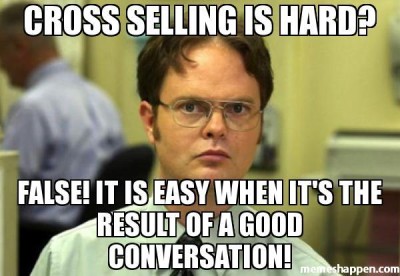Cross selling
Cross-selling is an eCommerce selling tactic to generate more sales by suggesting additional, related, or complementary products to a buyer.
Cross-selling suggests additional items to buyers already making a purchase. It’s an effective strategy to increase sales by boosting Average Order Value (AOV) while building customer trust and loyalty.
What is Cross-Selling?
Cross-selling introduces complementary or related products to enhance a shopper’s purchase. For instance, when a customer adds a pen to their cart, suggesting ink refills or other stationery items is cross-selling in action.
Cross-selling benefits eCommerce stores by:
- Improving Customer Retention: Offering relevant suggestions enhances satisfaction.
- Increasing Customer Lifetime Value: Loyal shoppers are likely to return for future purchases.
- Driving AOV and Profits: Shoppers often add additional items they didn’t initially plan to buy.
Cross-Selling Techniques
Implement these techniques to optimize cross-selling in your store:
- Complementary Items: Suggest products that complete or enhance the original purchase.Example: Pair a T-shirt with matching pants, shoes, or a belt.
- Related Products: Display items within the same category, even if they’re not directly complementary.Example: Offer hoodies or jackets alongside a T-shirt.
- Bundles or Combos: Combine items and offer discounts to incentivize buying multiple products.Example: Bundle a shirt with pants and a belt at a discounted rate.
- Previously Viewed Items: Track and showcase products customers have browsed before.Example: Display a “Recently Viewed” section on the product or checkout page.

